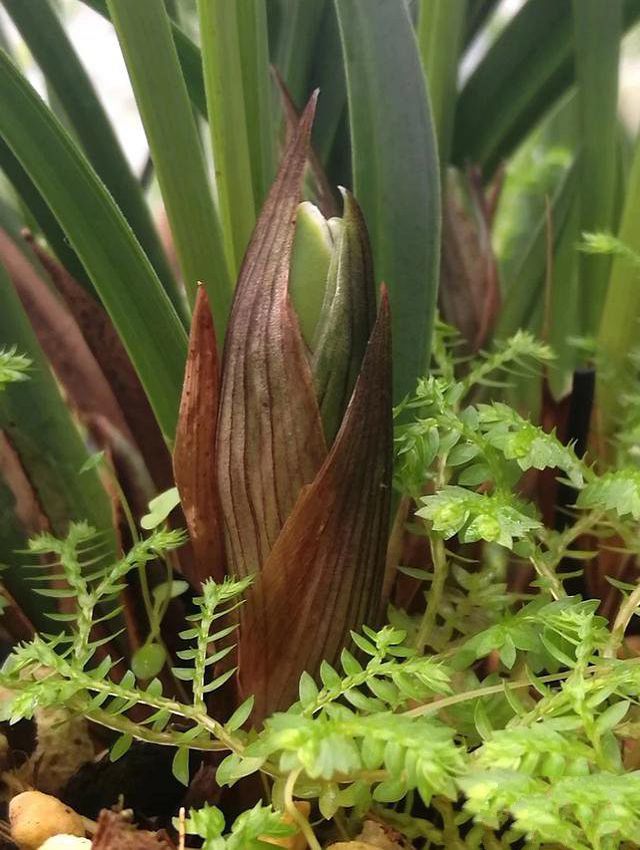Preparation of Orchid Nutrition soil
The ideal orchid plant material can make the orchid root strong, leaf luxuriant and fragrant, so the preparation and selection of plant material is very important.
(1) 50% of pine sawdust, 20% of rotten organic fertilizer, and 30% of burnt fine coal cinder particles are used as plant materials, which have good ventilation and permeability and strong drainage. Sawdust can make the orchid bacteria symbiotic with orchid root grow well, and due to the gradual fermentation and maturity of sawdust, it can continuously provide nutrients for the growth of orchid plants.
(2) 30% of pine needle humus soil, 20% of retted sawdust, 20% of burnt fine coal cinder, 25% of coarse sand and 5% of moss can make the soil loose, fertile, not easy to consolidate and slightly acidic. Pine needles have a special smell and can prevent underground pests. No fertilizer can be applied in the first year, just spray some potassium dihydrogen phosphate, VBm rice vinegar and so on every 10 days or so.
(3) the decaying old tree dregs are mashed into fine dregs and mixed with processed leaf soil according to 1:1, which has good ventilation and permeability, and wood fiber is transformed into humus, which is rich in nutrients for orchid root absorption, which is beneficial to the growth of orchids.
(4) 40% of steamed sawdust, 30% of rotten leaf soil and 30% of burnt fine cinder are used alternately, each layer is 2-3 cm thick, and the basin body is covered with gravel 3 cm, with good ventilation, strong roots and luxuriant leaves.
Matters needing attention in the preparation of orchid nutritious soil:
The main results are as follows: (1) due to the different regional environment, soil and water conditions, the physiological characteristics of orchid varieties are different, so they should be prepared and selected according to reality, combined with careful management and careful observation.
(2) when the thickness of the plant material in the orchid basin is uneven, it should be thick and fine, with clear levels, and should not be used together, so as not to cause uneven water supply and cause some rotten roots to rot or dry due to different amounts of water.
(3) all sawdust, tree cinder, cinder, sand, rotten leaf soil, etc., should be disinfected before use, such as steaming, stir-frying, drying, soaking in medicine, etc., in order to eliminate the causes from all directions; plant materials in the use of 3 years because nutrients are exhausted, often full of diseases, should be completely eliminated and renewed to facilitate plant growth.
(4) when collecting pine needle rotten leaf soil, the dense pine forest with more deciduous leaves, less weeds and less light on the ground should be selected. after collection, branches, stones and weeds should be picked up first, and then after 10 days of exposure, the soil should be sifted and stored separately. Do not be drenched, do not stick to the ground and get wet.
Related
- Is the orchid suitable for indoor use? Is it good for the body?
- How to prevent the empty root of orchids?
- What to do after the crab claw orchid is withered?
- Why are the leaves of orchids always yellow? Fertilizing and watering.
- Can the root of the gentleman orchid be saved if it is rotten?
- Diagnosis and treatment of cotton-blowing beetle insects in Cymbidium
- There is a way for a gentleman's orchid to rot.
- What is the most suitable temperature and humidity for the orchid?
- How to raise a gentleman's orchid? Cultivation techniques of Cymbidium
- How to prepare the nutritive soil for the cultivation of Cymbidium



